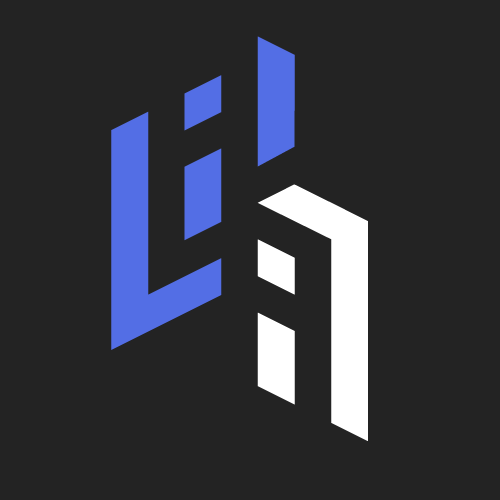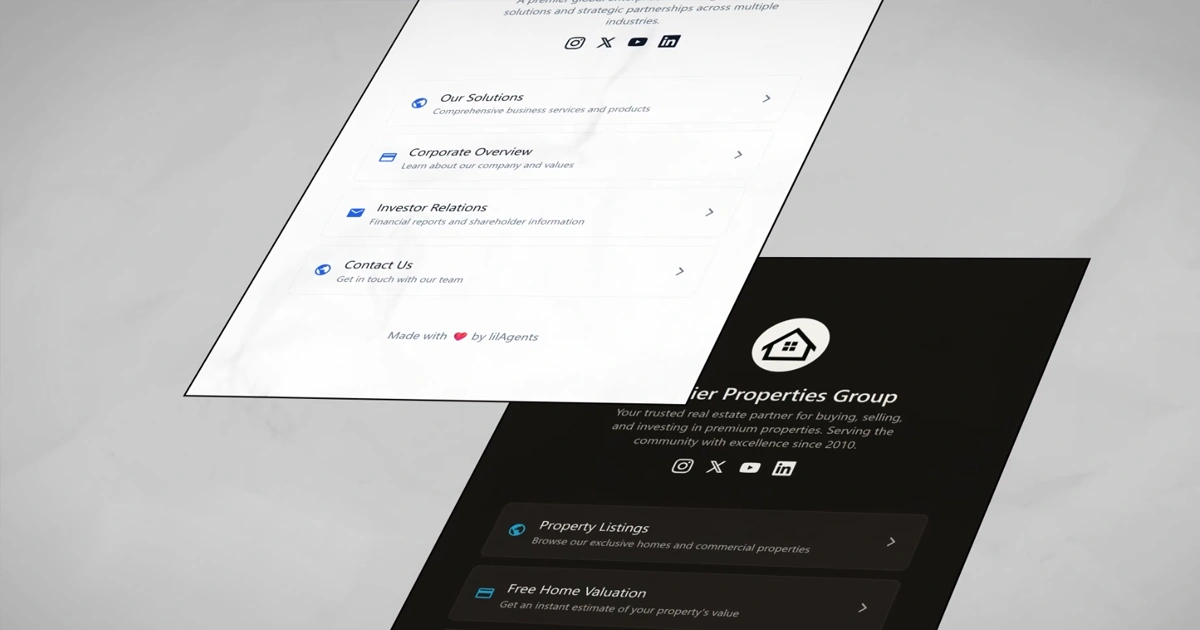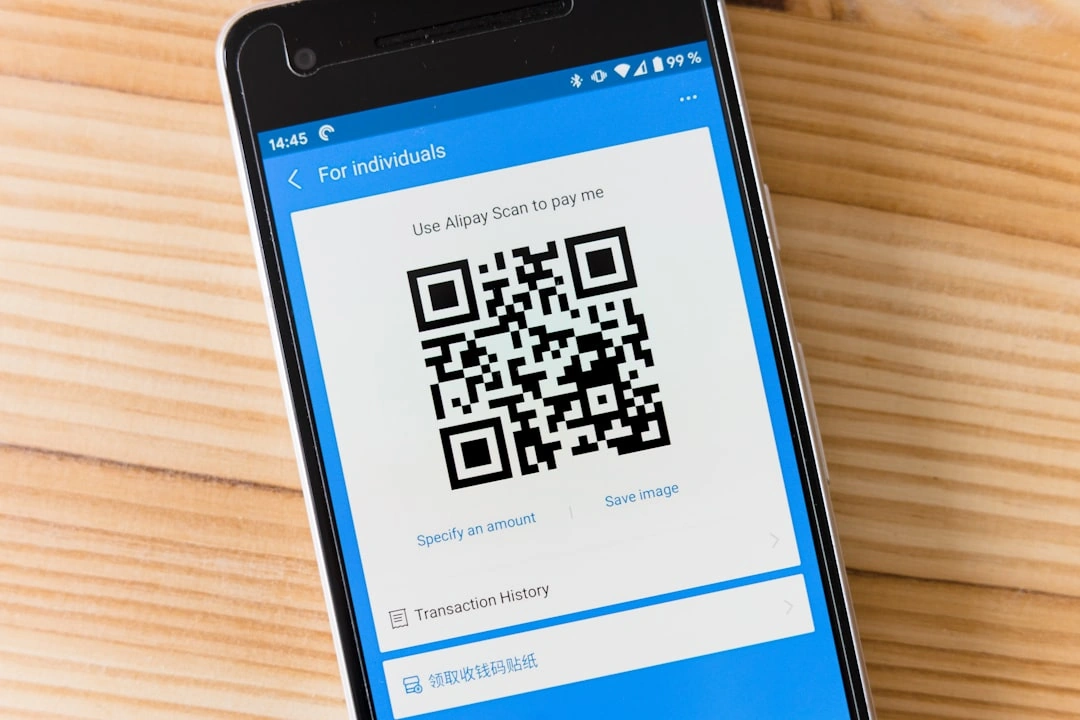Single Source of Truth for Small Business
We’ve helped small to medium-sized businesses organize their operations around a single source of truth, digital-first approach. Here’s why this matters so much.
Why Digital-First Organization Matters
As things become increasingly decentralized and remote or hybrid work becomes the norm, we don’t need to be bound by physical location. We can be in-person when it’s helpful, and location-agnostic the rest of the time.
When there’s no real benefit to driving to an office, we shouldn’t arbitrarily force people to show up. You can create specialized on-sites or meaningful in-person interactions when there’s value in it. But when it comes to deep work - I’ll reference Cal Newport’s definition here - that sort of thing is more helpful in a one-on-one setting, often in the environment where you’re most productive.
That’s very often your own environment, your own setup, where you’re not beholden to some predetermined set of equipment or office space that might be noisy or full of distractions from coworkers. Access to data shouldn’t be siloed to in-person options only, either - a single source of truth should be location agnostic as well.
The Single Source of Truth Philosophy
Every single medium to small business should be more nimble, more location-agnostic, all in the name of better organization.
Here’s an example. I know a small business owner who had three paper calendars, and they all had to be in sync. The rationale was: “Well, if there’s a detail missing on one, maybe it would be on the other.”
But of course that creates confusion. If an event is modified on one, now two are out of date. You’re questioning which one’s real, and it was an absolute nightmare - completely antithetical to the entire purpose of having three people accessing the same calendar in the first place.
If they had swapped to a digital calendar that was shared between the three employees, that would have been a much more elegant solution. Not only would they not be tied to the desk, they could access it on mobile phones, home devices, whatever they needed.
So that’s one example of the single source of truth philosophy coming in handy with just a slight change management tweak.
Password Management Done Right
Another example is password management. Currently, to have a shared password system, you need to use something like Bitwarden or 1Password. That’s the way you ought to do it - a single source of truth for some of your most critical data.
But what a lot of businesses do - for some reason - is they have all their passwords written in plain text in a spreadsheet and email it to each other (at worst). Or maybe they have it on a shared drive on the network.
But even that’s not very secure. Having a proper solution with just a little bit of training is actually much easier, much more secure, and just better.
Task Management and Email Organization
For getting your tasks in order, having a Kanban board solution like Trello is really helpful for this. Lots of people just don’t know what exists or don’t know what’s an option.
I would also say a really important component is getting really aggressive with unsubscribing from emails you don’t need and making sure your email inbox is clean. Your email address is sort of the epicenter for all the important accounts in your life - applies in a non-business context too.
You need to treat it with more respect. You need to keep it clean. You need to get rid of the focused inbox, or get rid of the unnecessary Gmail tabs that are distractions and preventing you from actually contending with what you need to do, which is unsubscribing from the stuff you don’t need.
Manage your inbox. Get to “inbox zero.” Put in the work because your life will be much easier for it. Lots of folks at companies don’t start off on a good foot in that regard - they kind of just let it go wild.
Now search is so good in email these days, you don’t necessarily need to create a bunch of complex rules or folders or anything like that. But just make sure that you at the very least have some kind of handle on the spam. Even as you get the sales emails, have some kind of system to deal with that.
Centralized Documentation
When it comes to your documentation and processes, this should be accessible to everyone that needs it. You should have a shared, centralized documentation hub - whether that’s Google Drive, OneDrive, whether it’s a custom server that you build, whatever it may be.
You don’t want silos. You don’t want versioning problems. You want to have one source of truth for your important documents so the right people can access them at the right time, make modifications.
Communication Best Practices
You want to have an open channel for communication, but you don’t want to labor people with incessant annoying messages. The famous “hey quick question” Slack message is not helpful. Give exactly what you need in the initial message so people know what to do and know how to respond.
When it comes to asynchronous communication, really get that down. You don’t want to be inaccessible, but you also don’t want it to dominate your life, so you’ve got to find the right balance for it.
Meeting and Audio Setup
I would say as well, when it comes to these video-based or audio-based remote meetings, have an automated note-taking system, like an AI note-taker that can capture all your thoughts for you. This allows you to focus completely on the conversation and you can get the conversation summary after the meeting is over.
That can be extremely helpful for focusing on the conversation at hand and not having to worry about taking notes during the process. If you want to take important notes during that, that’s fine - it can inform the summary too. But that’s one way to handle it.
Also, have your audio setup in order. Set up your defaults in Mac or Windows so that you’re never surprised when you open Zoom, Microsoft Teams, Google Meet, or Discord and are confused about why your sound’s not coming in or everyone else can’t hear you.
Have that down ahead of time. Be familiar with the names of your devices. Even go in the operating system and disable ones you never want to use. For example, if your webcam has a built-in microphone and you’re never going to want to use that, disable that. You can do that fairly trivially.
Then you never have to worry about it again as a possible option that comes up.
The Bottom Line
There are all kinds of tech-based little tools like this that take less than 5 minutes to do that save you hours in the long run, and folks are just basically unwilling to learn it or they just don’t know that it exists.
So I strongly encourage you to think this through ahead of time. Think about the single source of truth philosophy when it comes to organization.
Generally assume that you should have a remote-first mindset where you need to assume no one’s in the office - even if you are an in-office organization. How’s day-to-day business going to function? Is management accessible? Are employees going to be reachable? That kind of thing.






